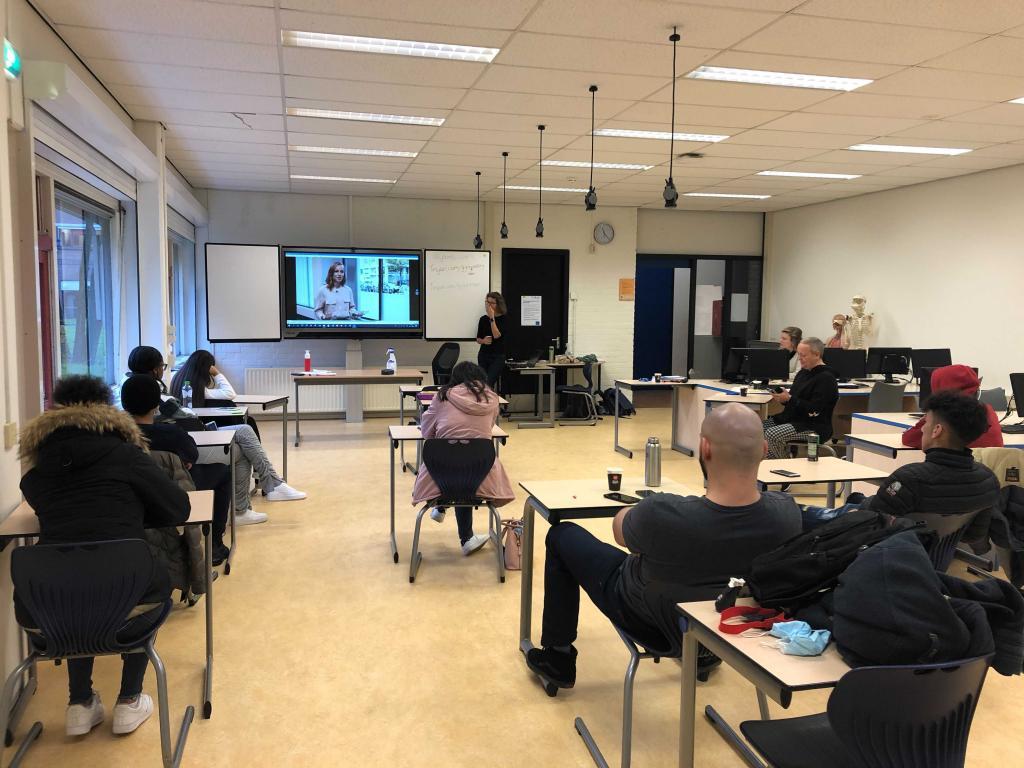How a living lab approach may benefit both researchers and adolescents

What do you think about when you hear the term “living lab”? A laboratory walking around town? A place in the city where citizens can see scientist at work? Although the term living lab is used more and more often when talking about co-creation and citizen science – it is still somewhat unknow what exactly a living lab is.
As a postdoctoral researcher in the SYNC-lab, I became more and more familiar with the living lab approach. My research focuses on fostering the prosocial development of adolescents. I aim to include the views and opinions of adolescents, through youth-panel activities and intervention co-creation. These aims align very well with a living lab approach. With this blog, I would therefore like to tell you a bit more about what a living lab is and outline why a living lab approach may benefit both researchers and adolescents.
What is a living lab approach?
According to the Rathenau Institute, living labs are characterized by co-creation in a ‘real word’ experimental setting. Co-creation means that citizens (i.e., adolescents) and/or societal organizations (i.e., schools, clinical institutions, city councils) actively participate in the research and innovation process. All participating individuals of a living lab activity contribute to the research process based on their own knowledge, experience and skills.
Living lab research does not take place under the strictly controlled conditions of a classic laboratory, but is conducted in ‘the wild’. This is important, because living labs aim to deal with complex societal issues and those are difficult to mimic in a classic laboratory. Living lab activities are, however, not the only research activities that take place in ‘the wild’. In the social sciences, research is frequently conducted in real world settings. In my opinion, another important characteristic of the living lab approach is, therefore, that research participants are not merely viewed as passive study objects, but as active collaborators. That is, their voices are important to take into account during all phases of the research process. Through a living lab approach, the voices, needs, ideas and creative solutions of adolescents can be included throughout the research question formulation phase, the design phase (i.e., co-creation of questionnaires, experimental manipulations and interventions), and the outreach phase.
Another common ‘misconception’ of a living lab seems to be that they are expected to be situated at specific physical locations. However, for research with adolescents, living lab activities can be organized at all the places where one might find adolescents ‘in the wild’. In fact, the SYNC living lab activities that we organized in the past months have been at diverse places such as schools, community centers, social media, and zoom.
What are the advantages of a living lab approach for researchers?
Embracing a living lab approach has multiple advantages for researchers. Let me summarize some of these:
• Reaching a diverse population.
In the social sciences, adolescents from high SES backgrounds are overrepresented in study samples. Living lab activities, such as youth panels, enable researchers to reach a more diverse population. In SYNC living-lab activities, we were able to include participants from lower educational backgrounds, who are frequently underrepresented in our study samples.
• Triangulating across research methods.
Adding living lab approaches to the research ‘tool kit’, enables researchers to triangulate across measurement approaches. By combining theories, methods or and observers, triangulation can help to ensure that fundamental biases arising from the use of a single method or a single observer are overcome. As such, the weaknesses of one research method (i.e., relatively low ecological validity in experimental research) can be compensated with the strengths of another research method (i.e., adding youth-panels in order to discuss with adolescents how experimental findings might translate to the real-world).
• Better fit of research projects to the needs of adolescents.
By including the voice of adolescents to different phases of the research cycle, projects may become more relevant to adolescents. When adolescents are included as stakeholders from the start of the research project, chances may be higher that the research project’s findings will actually be used by adolescents. Adolescents can also actively help with outreach activities. These advantages of living lab approaches may be especially relevant for intervention research. Interventions that aim to influence adolescent’s behavior often do not align with their enhanced desire to feel respected. Through co-creation of interventions, interventions may therefore eventually become more successful.
• Inclusion of creative ideas.
Adolescents are able to think ‘outside the box’ and frequently come up with creative solutions for problems. Through living lab activities, researchers can include these creative ideas into their research projects. In a research sync-lab activity, adolescents for example designed an animated instruction video, which seemed to be more engaging than the traditional written instructions that we frequently use in our work.
What are the advantages of a living lab approach for adolescents?
Participation in living lab activities may also have advantages for adolescents. Adolescents may for example:
• Experience that their opinion is valued.
During adolescence, young people develop a fundamental need to contribute to society. Inviting adolescents to play a part in the research process, could identify meaningful contributions that have been neglected or underappreciated by existing dominant paradigms of adolescent development. Through living lab activities, adolescents may experience that their opinions are valued. When these activities take place in real-world contexts, important people in the lives of adolescents (i.e., teachers) may subsequently also invite adolescents more frequently to share their ideas.
• Experience the relevance of science.
Many adolescents who participate in our living lab activities, are surprised to see that researchers can be ‘young people’. In their minds, researchers are old, white man, who sit in their ‘ivory towers’. By engaging in living lab activities, adolescents can experience the relevance of science: “science works for everyone!”. This aligns very well with the goals and ambitions of the Dutch National Science Agenda.
• Improve community conditions and policy.
Living lab activities may inspire adolescents to advocate for change. A specific example of a living lab activity is youth-led participatory action research, where adolescents identify issues they want to improve, conduct research to understand these issues and come up with possible solutions, and advocate for changes based on research evidence. Youth-led participatory action research subsequently increases the power of marginalized groups to improve community conditions via iterative cycles of research and action. Experimental research shows that participation in action research is associated with positive outcomes, such as increases in sociopolitical and participatory behavior.
So, in my opinion, living labs bring the best for both worlds: for us researchers as well as for the youth that we are working with. In the upcoming months, we aim to further develop the SYNC living lab initiative: www.YoungXperts.nl. We also aim to study the benefits of participation in living lab activities, and we will continue to use living lab approaches to improve interventions that aim to foster the prosocial development of adolescents. In the meantime, I advise my fellow researchers to give living lab approaches a try. Aside from all potential benefits, it is also a lot of fun to discuss your work with adolescents! Please feel welcome to share your experiences with us.
Contact
Erasmus University Rotterdam
Mandeville Building T13
Burgemeester Oudlaan 50
3062 PA Rotterdam, the Netherlands

